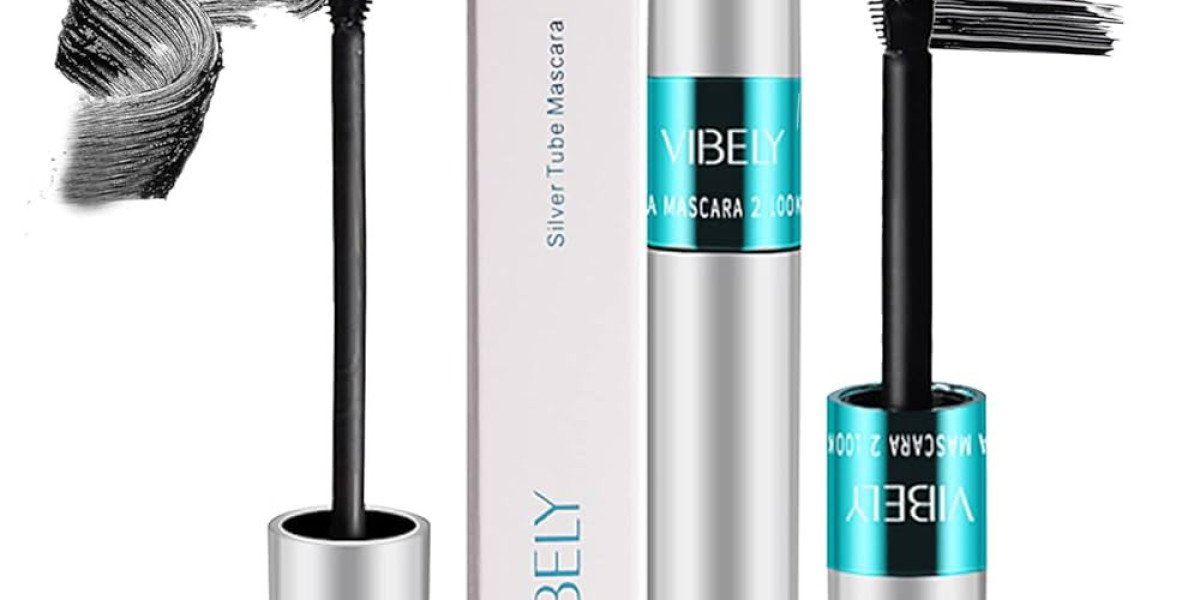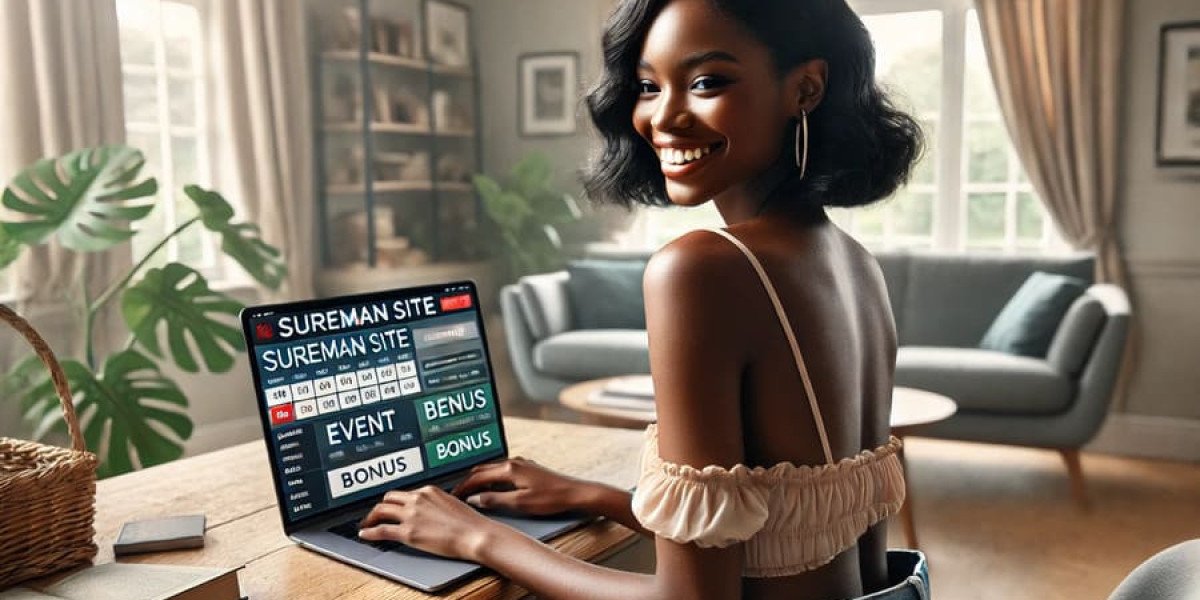Carrying a pistol on your leg (thigh/drop-leg holster) is a popular choice for tactical operators, security professionals, and civilian users who need fast access, modularity, or a convenient way to keep a firearm while wearing body armor or bulky clothing. This guide explains the differences between leg holsters, how to choose the right one for comfort and safety, fit and retention tips, legal and practical considerations, training and maintenance, and where to source quality gear. If you’re shopping now, check this tactical supplier for accessories and holsters at tactical defence store and view a solid example of a drop-leg rig here for a classic configuration: pistol holster leg.
Who should consider a leg holster?
Leg holsters aren’t for everyone, but they serve specific needs very well:
Tactical & security personnel: Offers quick access when wearing plate carriers or chest rigs.
Airsoft/paintball players & trainers: Realistic positioning for scenario training.
Civilians with specific carry needs: If torso carry is impractical (e.g., when driving, wearing bulky jackets, or carrying tools), a leg holster can be a practical alternative.
Motorcycle riders or vehicle-based operators: Easy to reach from a seated position.
If you want to browse holster options before you read the rest of the guide, visit this tactical retailer: tactical defence store and review a practical drop-leg model here: pistol holster leg.
Types of leg holsters and how they differ
Understanding holster types helps you match design to purpose.
Drop-leg (thigh) holsters: Strap to the belt and thigh with two or three retention straps; typically sit on the outer thigh. Good for chest rigs and plate carriers. See a standard configuration at pistol holster leg.
Horizontal leg platforms: Hold the pistol at an angle across the thigh for faster cross-draws. Better for driving or seated draw positions.
MOLLE-leg holsters: Attach to MOLLE platforms on thigh rigs or drop-leg panels—very modular for adding pouches and accessories. Look for MOLLE-compatible setups in reputable tactical shops like tactical defence store.
Combination holsters: Pop-up retention shields, adjustable cant, and quick-release straps offer a balance of speed and security.
Key differences relate to retention style (passive vs. active), material (kydex, nylon, leather), and modularity. Kydex holsters provide repeatable retention and quick reholstering; nylon offers comfort and reduced cost; leather gives classic aesthetics but less adjustability for modern tactical loads.
Fit and ergonomics — make comfort a priority
A poorly fitted leg holster becomes a liability. Consider:
Height & position: The holster should sit where your hand naturally falls when relaxed—typically at the 3–4 o’clock position on the dominant leg (for outside-the-waist carry). Measure from your beltline to the desired holster top to choose the correct drop length.
Strap layout: Two straps—one above the knee, one mid-thigh—are common. They should be snug but not restrictive. Adjustable quick-release buckles are ideal for don/doff.
Belt attachment: Robust belt loops or a belt mounting bracket keep the holster stable. Ensure the belt anchor is reinforced; cheap loop attachments allow the holster to flop. If you wear a plate carrier, verify the holster’s belt-to-platform compatibility.
Cant adjustment: The angle (cant) affects the draw path. Small adjustments (5–15 degrees) can change comfort and speed dramatically.
Material & padding: Padding between the leg and straps prevents chafing. Breathable materials help in hot climates.
If you want to test fit options or find a holster with the exact strap and attachment style you need, check quality selections at tactical defence store or view an example drop-leg holster here: pistol holster leg.
Retention and safety — balance speed with security
Retention prevents accidental loss or unauthorised access. Retention systems fall into two broad categories:
Passive retention uses friction, shape, and the holster mouth to hold the pistol. Kydex designs excel here—solid retention, consistent draw.
Active retention uses straps, thumb-breaks, or mechanical locks requiring a conscious action to release. They offer superior security but add a small delay to the draw.
Best practice: choose a holster with adjustable retention so you can tune the draw speed and security to your skill level. Combine this with consistent training: practice draws until release actions become a reflex. A holster like the example pistol holster leg shows common strap-based retention—useful for applications where extra security is valued.
Legal, practical, and vehicle-carry considerations
Check local laws about open vs. concealed carry, and whether leg carry is acceptable in public spaces. Some practical points:
Concealment: Leg carry is harder to conceal than OWB or IWB—plan clothing accordingly (long shirts, jackets).
Seated access: Sitting down can press the holster into your thigh; practice drawing seated and standing.
Vehicle carry: Leg holsters can be convenient while driving, but consider interference with seat belts and the risk of snagging during a crash. Some operators prefer vehicle-mounted holsters for long drives.
Security checks & public spaces: Be aware of places where visible firearms are prohibited (airports, courthouses, private property). Leg carry may attract attention—dress and act professionally.
Always research relevant laws and follow workplace policies. If you’re shopping for duty gear, reputable outlets like tactical defence store sell compliant equipment and accessories for professional users.
Training: draw, reholster, and movement drills
Proper training is non-negotiable. Focus areas:
Shooting fundamentals from the leg: Draw stroke, presentation, a stable cheek weld (if using optics), and follow-up shots.
Retention drills: Change positions, add simulated interference, and practice retaining control.
Seated/vehicle draws: Practice drawing while seated and reholstering safely—never reholster with your finger on the trigger.
Transition drills: If you sometimes carry on the belt and sometimes on the leg, practice transitions between platforms.
Malfunction & emergency protocols: Simulate stoppages and practice clearing while keeping the muzzle safe.
If you’re new to leg carry, consider professional instruction or a tactical course—then build muscle memory on an empty holster or training pistol.
Maintenance and longevity
A well-maintained holster lasts years.
Kydex: Wipe down with mild soap and water; avoid solvents that can cloud the material. Check mounting hardware and screws; tight screws keep retention consistent.
Nylon/fabric: Wash per manufacturer guidance; check stitching and webbing for fray. Replace weak straps and buckles promptly.
Leather: Clean, condition, and avoid prolonged moisture. Leather can stretch—recheck retention regularly.
Hardware: Inspect buckles, snaps, and MOLLE attachments for wear. Replace failing parts before they cause a problem.
Store holsters in a dry, cool place and keep spare parts (screws, straps) on hand. If you buy from a trusted vendor—like tactical defence store—you’ll also have access to compatible accessories and replacement components.
Accessories that matter
Drop-leg platform panels: Add stability and modular mounting points.
Magazine pouches: Right-side/left-side placement matters—train with the layout you’ll use.
Inner-thigh pads: Improve comfort during long wear.
Holster-mounted lights / retention shields: For duty or night work, consider light compatibility and retention shields that protect the trigger area.
Browse compatible accessories after choosing a base holster to ensure fit and function.
Quick buying checklist
Confirm your primary carry scenario (tactical, range, vehicle).
Measure belt height to determine drop length.
Choose material (Kydex for speed, nylon for comfort, leather for looks).
Ensure secure belt attachment and sturdy thigh straps.
Pick adjustable retention and cant.
Try the holster with your firearm and practice draws.
Buy from a reputable shop—compare selections at tactical defence store and view example drop-leg models such as pistol holster leg.
Conclusion
A pistol leg holster is a practical solution when torso carry is impractical or when you need a modular, fast-access platform that plays nicely with chest rigs and plate carriers. Choose a holster that fits your pistol, is adjustable for comfort, offers the right level of retention, and is compatible with your belt and tactical kit. Train consistently—draw, reholster, seated drills—and perform regular maintenance. When you’re ready to buy, shop trusted suppliers for dependable kit: start with tactical defence store and consider tested drop-leg configurations like this pistol holster leg example.
Frequently Asked Questions (FAQ)
1. Is a leg holster comfortable for all-day wear?
Comfort depends on fit and activity. With proper strap padding, correct positioning, and a reinforced belt attachment, many users wear leg holsters for extended periods. Try different strap placements and materials to find what works for you.
2. Can I reholster safely while seated?
Reholstering while seated is riskier—ensure the muzzle is pointed in a safe direction and your finger is off the trigger. Practice the motion with an unloaded training pistol until your technique is smooth.
3. Which material is best: Kydex or nylon?
Kydex offers consistent retention and faster reholstering; nylon is softer and often more comfortable. Choose Kydex for tactical speed and nylon for budget or comfort priorities.
4. Will a leg holster work with a plate carrier?
Yes—drop-leg holsters are frequently used with plate carriers because they free up belt space. Ensure your holster’s belt attachment and drop length match your carrier setup.
5. How do I prevent my holster from sliding down?
Use a reinforced belt attachment and tighten the thigh straps evenly. A well-built platform with a wide top loop reduces downward pressure and keeps the holster stable.
6. Where can I buy reliable leg holsters and accessories?
Buy from reputable tactical suppliers that list specs and offer compatible accessories—start with a trusted store like tactical defence store and inspect models such as pistol holster leg for a practical example.









